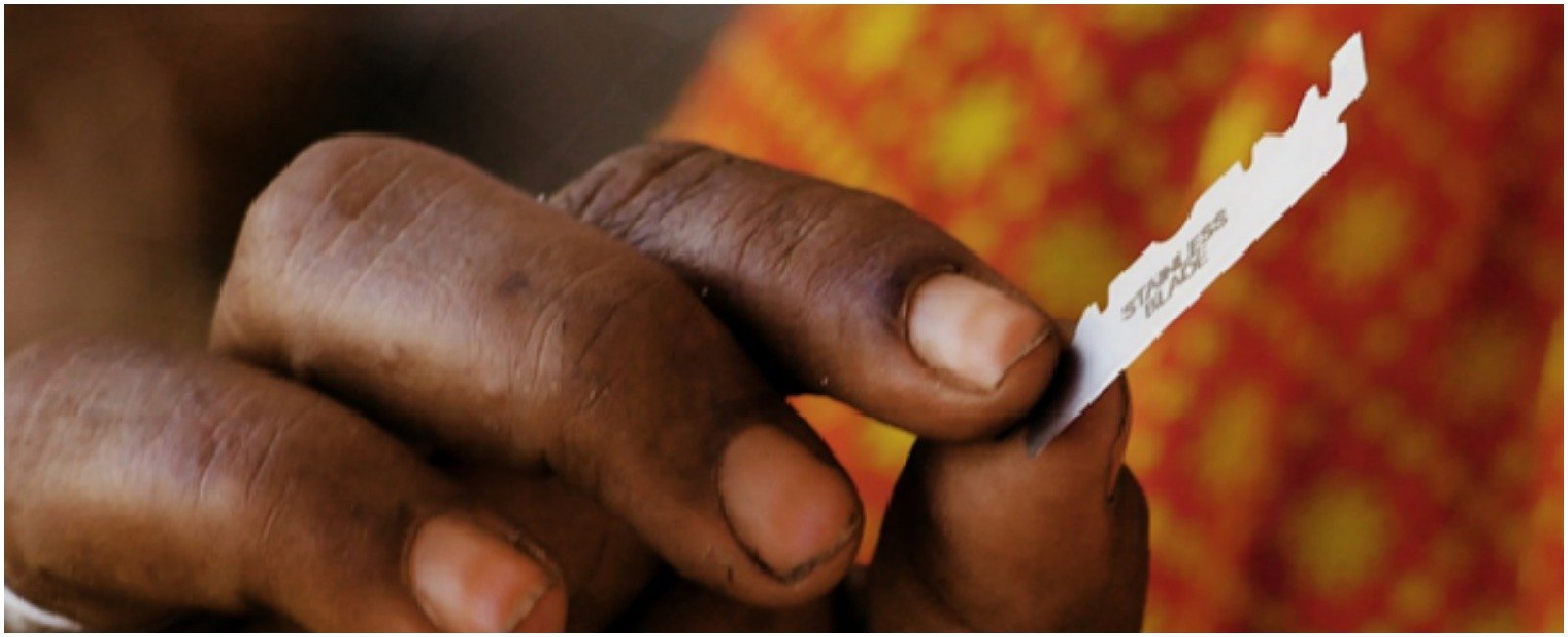An unspoken abuse: Time to end female genital mutilation in Pakistan
FGM continues in Pakistan behind closed doors for cultural and religious reasons with no law as of now in the country banning the cruel act

Very few talk about it. Even fewer report on it. Yet today, many young girls face this abuse in Pakistan.
The United Nations has classified “female genital mutilation” (FGM) or cutting as an “extreme form of violence against girls” and a violation of their rights.
FGM is now known to cause irreparable damage to a body and inflicts lifelong emotional trauma.
Yet, the inhumane practice continues in Pakistan behind closed doors, for cultural and religious reasons. And there is no law as of now in the country banning the cruel act.
What is female genital mutilation?
The procedure involves “partial or total removal of external female genitalia or other injury to the female genital organs for non-medical reasons,” explains the World Health Organisation (WHO).
Communities in Pakistan, which carry out this physically invasive practice, insist that it prevents girls from zina (adultery) and masturbation, as it curbs their sexual urges, which could lead to illicit relations between a man and woman.
The procedure of FGM, locally known as female khatna (circumcision), can be performed in four different ways.
“Clitoridectomy” involves partial or total removal of the external part of the glans clitoral or the prepuce (clitoral hood). While “excision” includes the partial or total removal of the glans clitoral or labia minora.
Another way to carry out this practice is “infibulation”, where the vaginal opening is narrowed by cutting or repositioning the labia minora or labia majora. This is done through stitching, but a small opening is left for urine and menstrual blood.
Other ways of this harmful procedure include pricking, piercing, incising, scraping and cauterization.
Which type of FGM is commonly practiced in Pakistan?
There are communities in the country that regularly perform type 1, therefore “clitoridectomy”, on girls as young as seven-years-old.
As per one study by the non-government organisation in Karachi, Sahiyo, an estimated 80% of women within the Dawoodi Bohra community have undergone female genital cutting.
“They [these communities] refer to the practice as Khafz,” notes a research paper by Habib University titled “FGM and Sexual Functioning: Insights from the Maasai and Bohra Community”. For the paper, the researcher studied the close-knit community of Dawoodi Bohra Muslims in Karachi, and the Maasai community in Kenya, East Africa.
Khafz involves shortening the clitoral hood or removing the tip of the clitoris. The procedure is performed without anaesthesia on pre-pubescent girls by a traditional circumciser, the paper states.
These traditional circumcisers are women, who have no medical background and little regard for hygiene.
The practice is also carried out secretly, to prevent people from finding out or to avoid any trouble from law enforcement agencies.
A woman, who was forced to go through FGM at the age of seven, spoke to Geo.tv on the condition of anonymity and said that her community in Karachi justified the brutal practice by comparing it to male circumcision.
“They tell us it is done to ‘purify’ girls and to limit their sexual urges,” she said.
However, another woman, who had also undergone the procedure, defended the practice: “This stops us from sinning as adultery is considered a very serious sin in Islam,” she said, on the condition of not being identified.
How does FGM affect physical and mental health?
According to the World Health Organisation, young girls who suffer female genital mutilation are later at the risk of shock, severe pain, bleeding, haemorrhage, infection, injury to surrounding tissues, shock, and even death.
Other long-term complications include urinary, vaginal and menstrual problems as well sexual problems, and issues with childbirth.
“Girls have to bear a lot of pain during this process as well as after it is carried out,” said a woman, who had gone through FGM, “Many girls face loss of blood for a very long time after it is done.”
Another woman said that she is more vulnerable after FGM to urinary tract infections as “it is the clitoral hood that protects the vagina from germs and that is cut out,” she added.
Dr Pushpa Kumari, a gynaecologist in Karachi, told Geo.tv, that women who are cut often face issues with their menses “including pain and difficulty in passing menstrual blood which leads to infections and cysts,” she said.
The doctor further explained that girls who go through his procedure later have to opt for a cesarean section to deliver a baby.
FGM is also associated with long-term psychological problems including depression, anxiety, stress, post-traumatic stress disorder and low self-esteem.
One of the women Geo.tv spoke to in Karachi, who had gone through this process, said it was a traumatic experience for her and felt like a breach of her privacy and boundary.
She added that it led to her developing trust and intimacy issues later on with her partner.
FGM deeply affects the self-esteem of young girls, explained the Karachi-based psychologist Dr Mariah Noor.
“Women who have undergone FGM stop thinking of themselves as an individual since their bodily freedom is taken away from them,” Dr Noor said.
— Thumbnail image: Courtesy Unicef




